Rugby returns to the home of the GAA on Saturday afternoon for the first time since Ireland hosted Scotland on the last day of the 2010 Six Nations.
And the Investec Champions Cup semi-final between Leinster and Northampton Saints (5.30pm, live on RTÉ) will be just the second ever club rugby match held at the iconic venue following the memorable Heineken Cup semi-final of 2009 when the hosts beat Munster.
Leinster, after years of being subservient to their dear rivals, announced themselves to the top tier in the most emphatic fashion, bouncing the defending champions out of the competition.
It was the changing of a guard who hasn't budged since.
The Blues embellished that 25-6 win with a hard-fought victory over Leicester in a Murrayfield finale three weeks later to claim the first of four European Cup titles.
Cherished Croke Park memories - Rugby returns to Jones' Road on Saturday as Leinster take on Northampton in a Champions Cup semi-final.
— RTÉ Sport (@RTEsport) May 3, 2024
📺 Watch on @RTE2 and @RTEPlayer from 4.45pm
📻 Listen on @RTERadio1
📱 Live updates on @RTESport Online and the @RTENews app#ChampionsCup pic.twitter.com/kbBzImIxZp
Footage of the game and in particular Brian O’Driscoll’s runaway intercept, the Ireland centre being chased forlornly by Ronan O’Gara in a Group 2 race, is a staple of RTÉ's Reeling in the Years.
The clash, three years on from Munster handing Leinster their own posterior in a Lansdowne Road semi-final, also marked the coming of age of Johnny Sexton, whose youthful exuberance was captured with his most unrugbylike goading of O’Gara in the immediate aftermath of Gordon D’Arcy’s try.
The country had just come out of the Celtic Tiger phase and this was one of the last hurrahs for the attendance of 82,208 - at the time, a record for a club rugby game, and only surpassed when Harlequins met Saracens at Wembley in 2014 with 83,889 there for the Premiership clash.
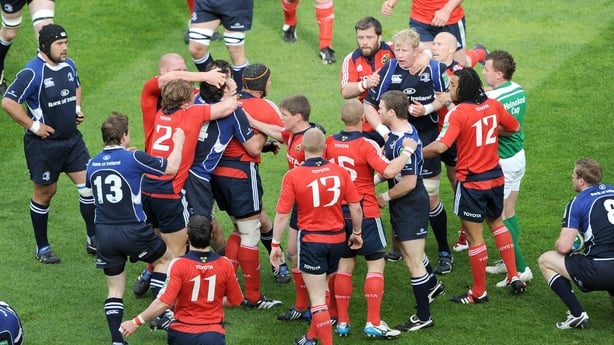
It came less than two months after most of the protagonists had brought Ireland to a first Grand Slam in 61 years and it was full of bollock and bite, a feature largely missing between the sides over the last 15 years.
But the stadium’s rugby journey began two years earlier, following the Gaelic Athletic Association's rule change to allow rugby at the ground, when France came to spoil the party, Vincent Clerc turning the Dublin 3 air blue with a stinker of a late try in Ireland’s second game of the Six Nations.
Earlier this week, Leinster Rugby released a teaser promotional video with the old footage and stills that we have now become accustomed to.
𝗧𝗵𝗶𝘀 𝗶𝘀 𝗖𝗿𝗼𝗸𝗲 𝗣𝗮𝗿𝗸 🏟️#FromTheGroundUp pic.twitter.com/z10hC2MOBl
— Leinster Rugby (@leinsterrugby) April 29, 2024
A ticket stub from the Dublin-Tipperary 'Bloody Sunday' match, black and white clips of marching bands, teams celebrating All-Ireland Gaelic games glory, and, of course, the 2007 Six Nations meeting between Ireland and England.
It showed tears streaming down the faces of many of the Irish players as Amhrán na bhFiann rang out across the venue.
Among those there on that day was the Ireland centre D’Arcy, who went on to play at the stadium nine times in total.
While there will be a huge sense of occasion for the players – from which only Cian Healy has played in Croke Park before – the bulk of the historical emotional load was soaked up in those opening two international Tests.
That was reflected, says D’Arcy, in how Ireland performed on the first day. They lost to that 77th-minute Clerc try (below) and blew a great shot at the Grand Slam.
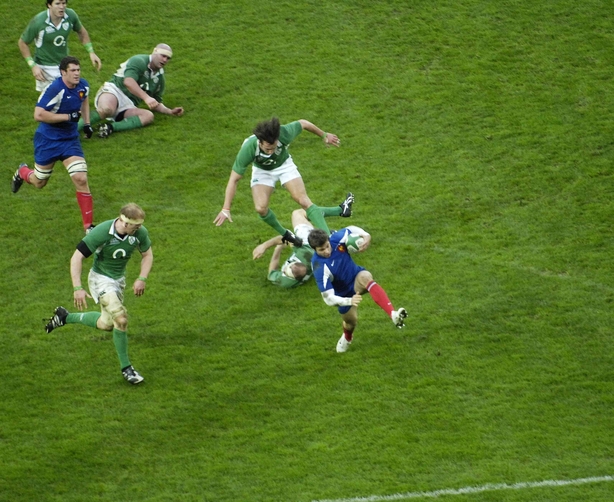
"Genuinely, I remember the weight and privilege of playing there but it took its toll - you looked at Bull Hayes, Jerry Flannery, everybody was emotionally too high, too early in a game," said D’Arcy.
"We were emotionally spent before the game kicked off.
"In some ways it was quite [ironic].
"You’d often associate that with GAA teams: 15 minutes out from a GAA game there would [be roaring and shouting, almost] thumping the head of each another and getting ready for all the anthems and everything.
"There’s that emotional peak, the come-down, and then 'Oh God, I've got a whole game to play here’.
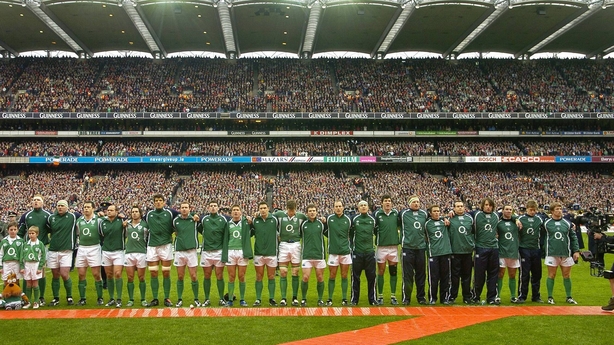
"Croke Park is hugely special for a lot of these players, but I don't think it has the same historic importance to the first match that was there, that has been bridged, that happened and now it is just going to be one of those things.
"They are a unique group of players that get to play in Croke Park but I don’t think the emotional attachment that was there in the first game will be there.
"Because it wasn’t in the second game we played, or the third or fourth."
That's not to say that the historical status of Croke Park will be lost on anyone, not least the visitors.
The Northampton Saints, currently top of the Premiership and beaten finalists when Leinster claimed their second title in 2011, have been given a lecture on the stadium's place in the Irish national psyche by their Irish strength and conditioning coach Eamonn Hyland.
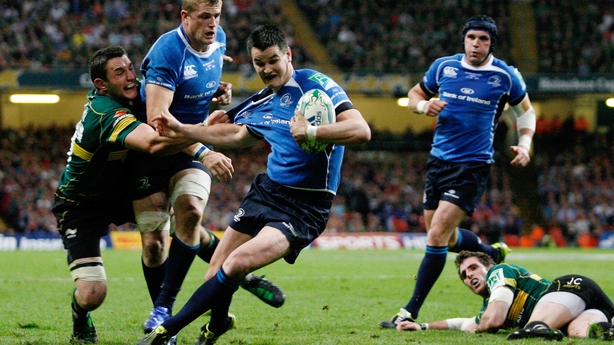
That history lesson ensures that the Saints will arrive at Jones’s Road fully aware of what it means to the Leinster players and the fans who are set to fill it for the first time since last year’s All-Ireland football final.
"I was pretty moved by the lesson on Croke Park and was sitting there with goosebumps - which I was not expecting on a Monday morning. It was a great tone-setter for the week," Saints and England out-half Fin Smith said.
"Eamonn is a proud Irishman and he did a real good job of it. He's not the type of guy who usually talks in meetings, but he's earned himself another slot if he wants it. It was very impressive.
"It was a real eye-opener for the history and how hostile it's probably going to be. But it was good to find that out at the start of the week rather than when I'm taking my first kick at goal."
At the same time, boss Phil Dowson said he won’t let his side get bogged down in the history.
"We are not playing against ghosts," he said.
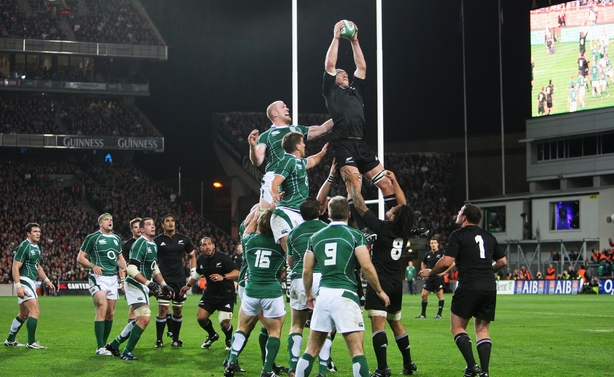
Croke Park hosted 14 international games when Lansdowne Road was being rebuilt between 2007 and 2010.
It was the home venue when Ireland won that famous Six Nations title in 2009 and the drama of the finale against Wales in the Millennium Stadium almost makes one forget that England and France succumbed to O’Driscoll’s force of nature at GAA HQ.
The captain’s performance, where he scored a try and a drop-goal, in the 14-13 win over England probably his best in green.
The journey, however, had its highs and lows.
Including the defeat to France, Ireland won nine, drew one and lost four games at Jones’ Road, signing off with a deflating defeat to Scotland where the chance of a Triple Crown fell apart thanks to Dan Parks' late penalty.
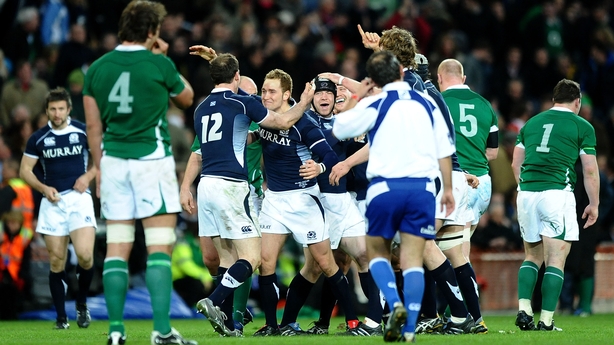
Within that run, and in addition to the Six Nations teams, New Zealand, Australia, Argentina and South Africa have all graced the hallowed turf.
With the Aviva Stadium out of action for a number of June dates, Leinster, if they progress to the latter stages of the United Rugby Championship are likely to continue their adventures north of the Liffey.
There remains the possibility of another Leinster-Munster blockbuster.
Currently second and third in the standings, an all-Ireland decider, should the Dublin-based outfit have a higher seeding, would likely see another sell-out and the nostalgia train would be set in motion once again.
Listen to the RTÉ Rugby podcast on Apple Podcasts, Spotify or wherever you get your podcasts.
Watch Leinster v Northampton in the Investec Champions Cup semi-finals from 4.45pm on RTÉ2 and RTÉ Player, follow a live blog on rte.ie/sport and the RTÉ News app and listen on Saturday Sport on RTÉ Radio 1


